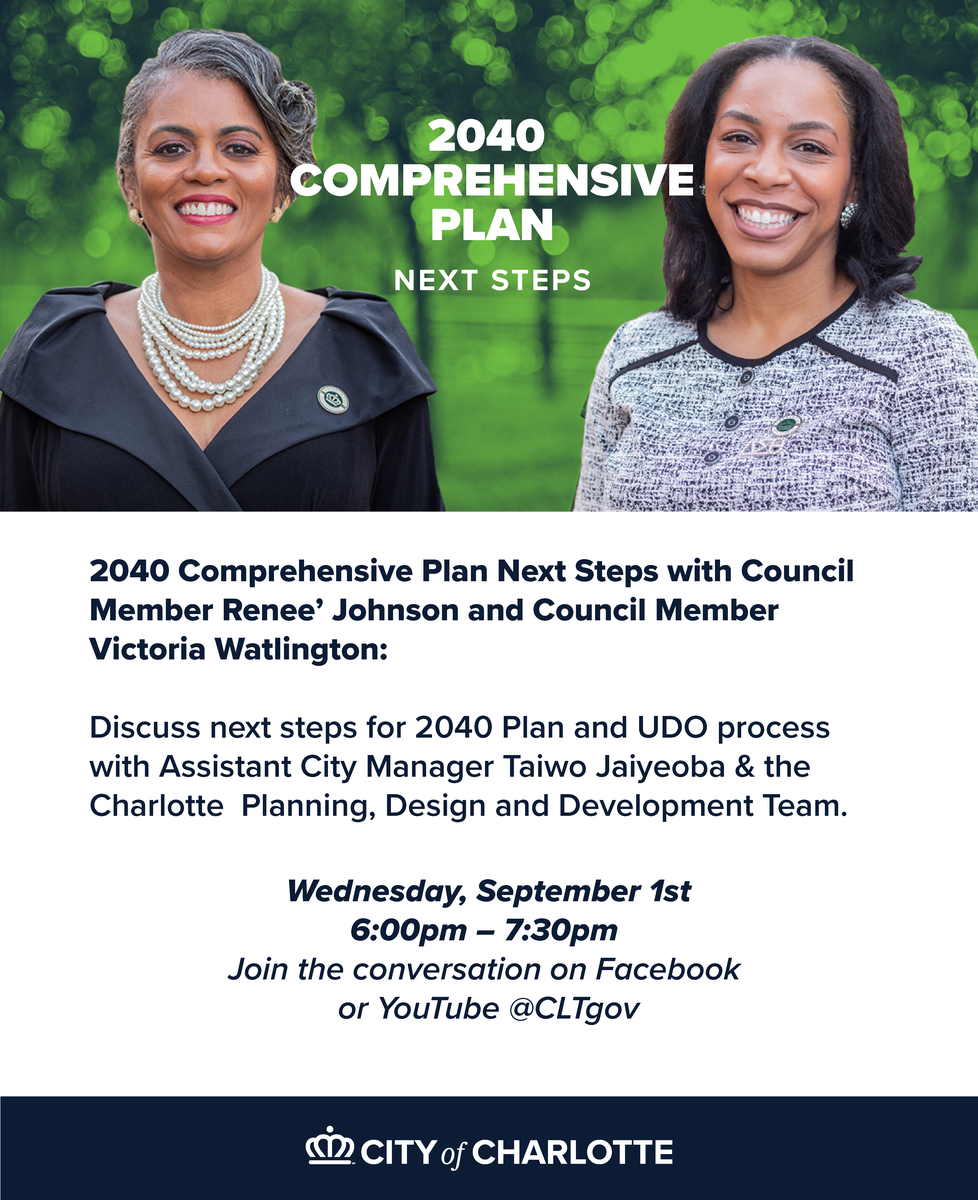Buildings account for 39% of global greenhouse emissions — that could be an opportunity for investors
Investing in sustainable buildings could offer a real solution to reducing emissions in one of the world’s most polluting sectors, said Taronga Ventures, an investment firm focused on sustainable innovation and tech.
Buildings currently represent 39% of global greenhouse emissions, according to U.N. data. Almost one-third (28%) of the global total is the result of running buildings — referred to as operational emissions, while 11% comes from building materials and construction.
Read the full article here!










 There is one opportunity left to participate in CRCBR/NAIOP Charlotte’s annual golf tournament that will be held on September 27 at Carolina Golf Club!
There is one opportunity left to participate in CRCBR/NAIOP Charlotte’s annual golf tournament that will be held on September 27 at Carolina Golf Club!